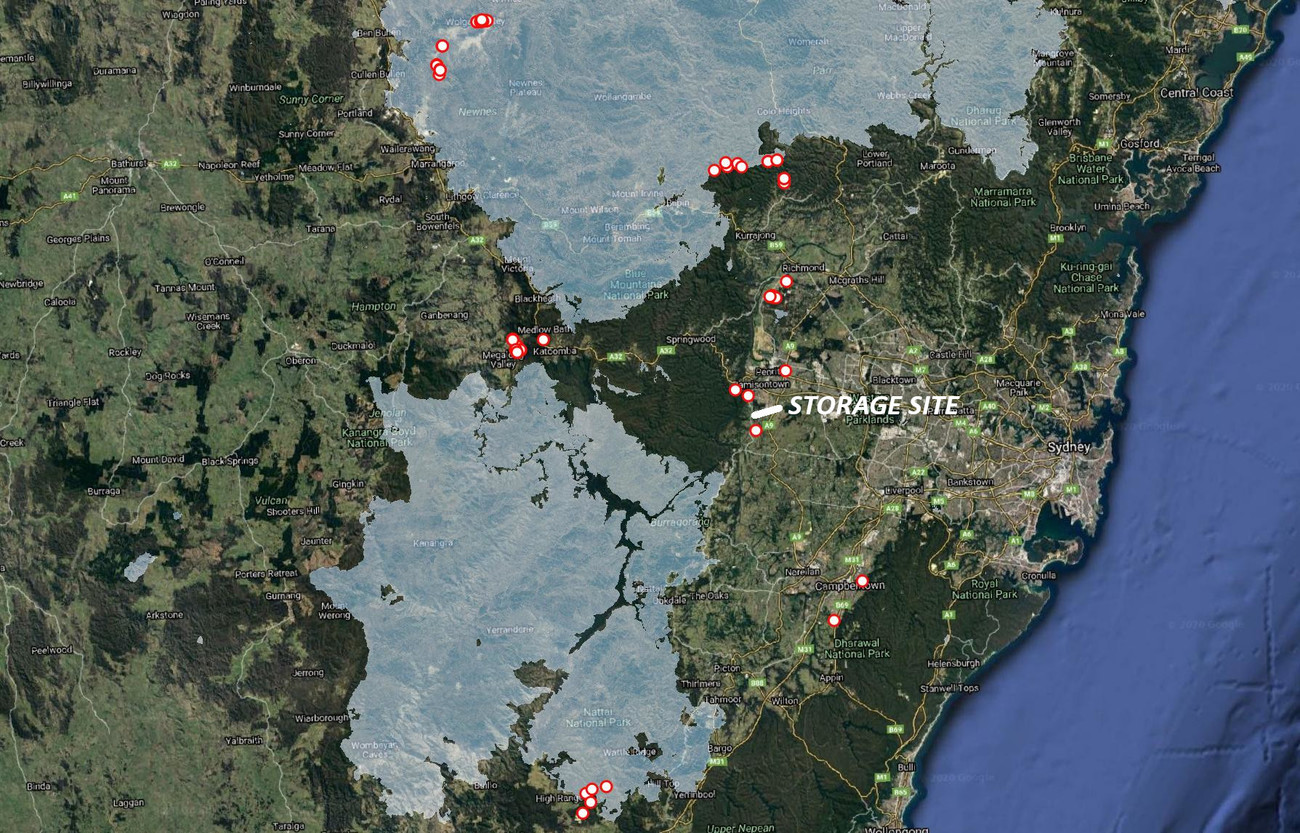Josey Sharrad
water stations help Australia's wildlife recover from bushfires
water stations help Australia's wildlife recover from bushfires

I can’t quite believe bushfire season is upon us again. It only seems like yesterday that the country was on fire and the world watched with horror as Australian wildlife struggled to survive. As the fires worsened across New South Wales, our own human efforts to retreat and protect our homes became difficult. I could see the smoke from my own house in the Blue Mountains and had to evacuate as the two mega fires encroached. Of course many wild animals have the instinct and ability to run, but fires as devastating as this past season’s mean there is often no viable land to turn to. Fire, smoke and ash left habitats and water resources complelety depleted.
With so much destruction of life and land, I wanted to bring you some heart-warming news. Through the project Water for Wildlife, we've helped install over 150 emergency water stations for animals recovering from the bushfires. Hundreds of animal and bird lives were saved by the provision of clean drinking water in the months following extreme drought and fire. We can’t rescue every animal in a crisis this large, but we can support their strength and healing when they need it most.
Long-lasting support to promote biodiversity
Oatley Flora & Fauna Conservation Society (recipient) worked with Greater Sydney Local Land Services (project manager) and numerous local community groups to purchase, install, and monitor water stations for native animals. More than 100 volunteers were trained in constructing and installing the long-term water stations. It was a true example of a community coming together to make a difference for these animals.
Thanks to cameras placed around the stations, we now know that at least 24 native species, including kangaroos, possums and wombats and many bird species – have been recorded drinking from the IFAW-supported stations, providing desperate animals with much-needed hydration. Quite literally a life line.
What I find particularly interesting is that even once the rain began to fall, wildlife chose the water stations over natural sources because they could seemingly recognize the contamination left behind by ash, silt and mud. The long-lasting impact this initiative will have on various native species in Australia will be shown time and time again as we prepare for another potential bushfire season ahead.
This IFAW grant supported the costs of Water for Wildlife stations during the 2019-2020 Australian bushfire and drought emergency season.
- Local Landcare, Bushcare and Wildlife Care groups – approx 100 water stations across all land tenures
- Local government (councils) – approx 80 stations in local reserves
- State government (LLS) – approx 20 water stations by staff in restricted access sites
- Landowners & Unaffiliated volunteers – approx 40 water stations across all land tenures

Wildlife we are supporting
- At least 24 wildlife species observed drinking from stations
- Mammals including kangaroos (four species), possums, and wombats
- Birds included lyrebirds, kingfishers, ducks, honeyeaters and robins
What we have learned
- We perfected the design of 20-liter and 50-litre water stations using locally available materials. The designs proved to be cheap, quick to assemble, long-lasting and field-sturdy. It was quickly adopted by other groups supporting wildlife.
- Long-term water supply stations proved highly effective in helping a wide range of native species survive extreme drought and fire events.
- Water supply stations should be kept out for at least two months after fire and drought events. Even after rain falls, animals chose water stations over natural sources, most likely because they were contaminated with ash, silt and mud.
- Arboreal water stations – or those placed in trees – were not useful in our areas of focus. Other ecologists are reporting similar findings. Given the time-costs of installation in trees we will continue to target terrestrial water stations in the future.
-Josey Sharrad, Wildlife Campaigner, Australia
Related content
Our work can’t get done without you. Please give what you can to help animals thrive.